"Portrait Of Marie Anisson Du Perron, Marquise De Lambert, C.1765 Attributed To Joseph Duplessis"
With this portrait, Duplessis idealises both the beauty and the youthfulness of the sitter. The cheeks are enhanced with pink and the curves as well as the modelling reinforce the feeling of softness and delicacy. The fact that the artist was painter to the French King and court during the last half of the eighteenth century, underlines his ability to render skilful and beautiful images. Duplessis’ depiction of Benjamin Franklin fixed Franklin’s image for posterity – it is reproduced on the U.S. one-hundred-dollar bill.The 18th century gives pride of place to portraiture, where three major types coexist, the official or ceremonial portrait, the psychological and sensitive portrait, and the allegorical, mythological or “bucolic” portrait. The sitter has been depicted wearing the latest fashionable gown and hairstyle. During this decade woman incorporated a variety of decorative objects into their coiffure, as seen in our portrait; this style was eventually replaced by elaborate hats in the 1780s. The rich fabrics and elaborate tailoring afford the portrait a theatricality that is a close reflection of an elegant and sophisticated society in which this wealthy lady belonged to. Rococo works with the soft pastel colours are always highly attractive and sought after. It is easy to see why French 18th century arts and science were preeminent in Europe at the time. The silks, flowers, hair, and flesh are defined with lightness and dexterity.
The sitter is Marie Anisson du Perron, who after her marriage, became Marquise de Lambert. Born in 1745 her father, Jacques du Perron, was Director of the Royal Printing Office in 1733. On 26th March 1765, around the time that the portrait was painted, she married Henri Joseph de Lambert (1738-1808) who was Field Marshall, Inspector General of the Cavalry, Member of the Council of War, and Governor of the Citadel of Arras. The couple had six children: Maurice de Lambert (d.1792), Marie Louise de Lambert (1766-1837), Marie Charles de Lambert (1772-1843) (who was Lieutenant General, General Aide to the Emperor of Russia), Henri Jacques de Lambert (1778-1803) (who was State Counsellor to HM the Emperor of Russia), Henriette Françoise Cécile de Lambert (1780-1849), and Louise Marie Henriette de Lambert). It is thought that the Marquis and Marquise resided at Château de Saint-Fargeau.
The French Revolution soon ravaged France and ultimately led to the execution of Louis XVI in 1793. The power of the nobility – with its privileges and immunity from taxation – and the clergy is broken and in the third year of the revolution the absolute monarchy is abolished. France becomes a constitutional monarchy and power is held by the middle classes.
The revolution had a massive impact on the destiny of this family. Henri-Joseph Marquis de Lambert fled the country in the company of his youngest son Charles-Marie. At first the Marquis enters the service of the contra-revolutionary army of the princes (1792) becoming a minister, before eventually going into exile in Russia. It is then that the Marquis and our sitter divorce in an effort to protect the sizable maternal estates of the family which were threatened with confiscation.
In later years Charles-Marie held considerable titles and honours such as lieutenant-general and inspector-general of the cavalry, and he became ‘general in service of Czar Alexander I’. In 1795 he became a highly regarded and exclusive Knight in the ‘Military Order of St. George’ Fourth Class.
As reward for the bravery and audacity shown at the time of the fight with the French troops, in the night of December 23rd and 24th 1806, during the battle of Czarnowo, where he as commander of all advanced outposts, was made a Knight in the ‘Military Order of St. George’ in 1807. Furthermore, he was raised to the Russian peerage in 1836.
Our sitter died on the 5th August 1803, aged 58 years old.
Works by the artist are held in many French and foreign museums, testifying of his ability and fame - the Musée du Louvre, the Musée National du Château de Versailles, the Musée Condé in Chantilly, the Musée Carnavalet in Paris, the Musée Calvet in Avignon and the Musée Duplessis in Carpentras, and abroad, the Museum of Fine Arts in Boston, the Metropolitan Museum of Art in New York, the Nelson Gallery-Atkins Museum of Art in Kansas City, the Musée Royal des Beaux-Arts in Copenhagen and the Kunsthistorisches Museum in Vienna.
Born 22nd September 1725 in Carpenters (France), Joseph-Siffred Duplessis was son of a surgeon, Joseph-Guillaume Duplessis. After having received from his father his first apprenticeship, the former left him for four years to the painter Joseph-Gabriel Imbert (Marseille, 1666 - Villeneuve-lès-Avignon, 1749), a friar of the Chartreuse of Villeneuve-lès-Avignon, who had himself a student of Charles Le Brun.
In 1744 Duplessis was sent to Rome, where he entered the workshop of Pierre Subleyras'(1699-1749) and learned history, portrait and landscape painting. He then travelled to Italy, and at Tivoli he befriended Joseph Vernet (1714-1789) who later became famous – this was to become a long-lasting friendship.
Duplessis returned to France around 1748 and received very diverse commissions from the Comtat Venaissin clergy and nobility. He went to Paris to work around 1752 and it is then that he began to focus on portrait painting. He exhibited in 1764 at the Académie de Saint-Luc in Paris, and also in 1769 at the Académie Royale de Peinture et de Sculpture, and then regularly thereafter to much acclaim.
After that event he received official commissions for the portrait of the Dauphine Marie-Antoinette in 1771, and the portrait of Louis XVI, King of France in 1774 shortly before acquiring the privilege to live in Le Louvre and receive numerous commissions from the Court of France (and Benjamin Franklin).
Held in its original superb gilded period frame.
Provenance: UK private collection of a gentleman of title
Measurements: Height 86cm, Width 77cm, Depth 11cm framed (Height 33.75”, Width 30.25”, Depth 4.25“framed)





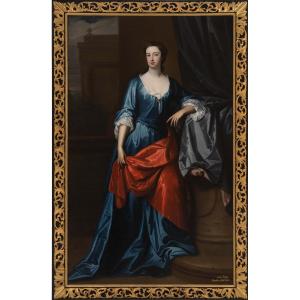
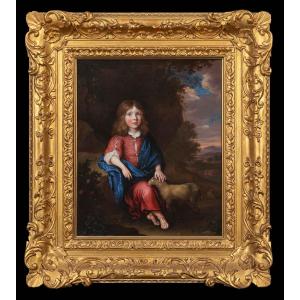
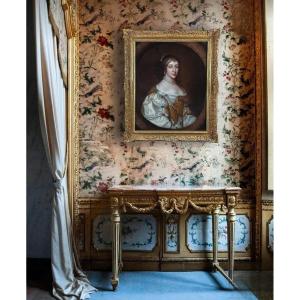
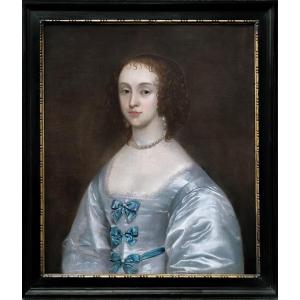
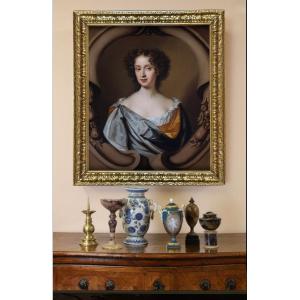
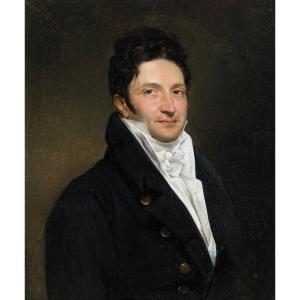
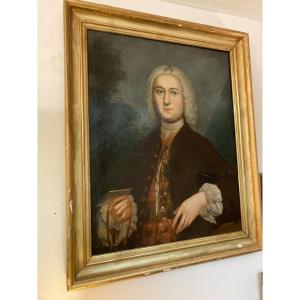

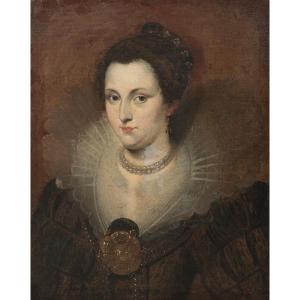
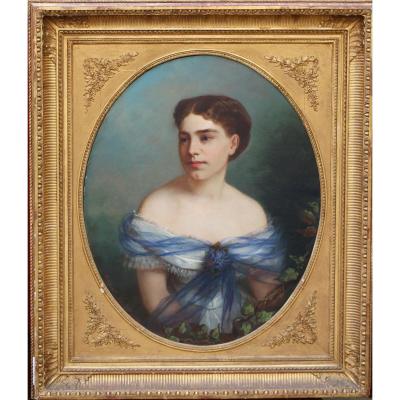
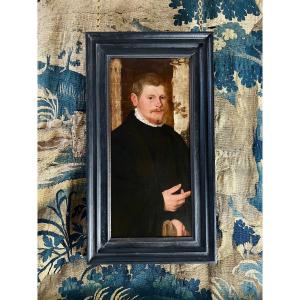




 Le Magazine
Le Magazine Rivista Artiquariato
Rivista Artiquariato TRÉSORS magazine
TRÉSORS magazine





